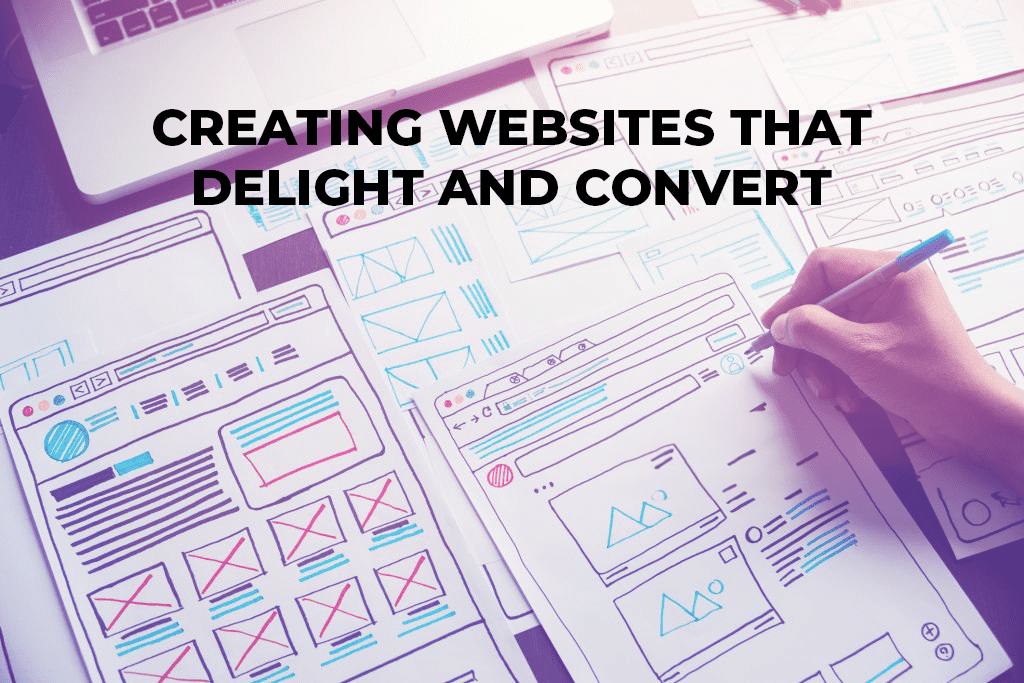In the world of website design and development, there's a critical principle that separates successful websites from forgettable ones: user-centered design. This way of thinking puts the user front and center for website success; design must be both visually appealing and intuitive. In this blog post, we aim to explain why user-centered design matters in website creation by detailing how it fosters visitor engagement, leading to increased conversions.
Eternal HighTech
Understanding User-Centered Design
User-centered design prioritizes the needs, preferences, and behaviors of end users in product or experience creation. When designing and developing a website, UCD centers around understanding the target audience and catering to their expectations and requirements.
User-centered design is a key factor.
Enhanced User Experience: Websites designed with UCD create intuitive interfaces for seamless user experiences.
Higher Conversions: Making your website user-friendly raises the likelihood of conversion events like making purchases, signing up for newsletters or filling out contact forms when users can quickly find what they need.
Lower Bounce Rates: Websites tailored to the user experience can help minimize bounce rates, as visitors are more likely to stay and explore content.
Positive Brand Perception: With a great website design, your company will showcase its commitment to excellence through professionalism and attention to detail.
Accessibility Compliance: For broadening your audience reach, UCD frequently integrates accessibility considerations that make websites useful for those with disabilities.
User-Centered Design: Key Principles
User Research: Begin by conducting an in-depth user research. Understand the demographics of your target market along with their preferences and pain points to tailor content that meets their needs. Through surveys, interviews, and analytics gather data.
User Personas: Design user personas to reflect the different segments of your audience. Designing with specific user needs in mind can be helpful.
Usability Testing: Usability testing with genuine users recurrently, spot and address vulnerable points for improvement. User feedback is crucial in optimizing your design.
Information Architecture: Make sure your website content is both logical and accessible to users. Make sure the navigation menus and labels are easy to understand.
Responsive Design: Make sure your website is responsive and user friendly across different devices. Desktop users and mobile ones should have a similar experience.
Content Strategy: Create a content strategy that is in sync with user needs. Create valuable, relevant, and easy-to-read content.
Clear Calls to Action (CTAs): CTAs should be convincing and lead users towards the desired actions, with options like buying products or joining newsletters in mind.
Performance Optimization: Reduce website loading times by optimizing performance. A slow website makes users less likely to engage.
Putting User-Centered Design into Practice
User Testing: Regularly involve users in the testing process. Observe how they interact with your website, identify pain points, and make improvements based on their feedback.
Iterative Design: Don't consider your website design a one-time project. Continuously refine and iterate based on user feedback and changing trends.
Accessibility: Ensure your website is accessible to everyone. Follow accessibility guidelines, like WCAG, to make your site inclusive.
Analytics: Use website analytics tools to track user behavior and gather insights into how users engage with your site. Use this data to make informed design decisions.
Feedback Loops: Provide channels for users to provide feedback and suggestions. Act on constructive feedback to improve the user experience continually.
Conclusion
User-centered design is not a trend; it's a fundamental approach to creating websites that excel in today's competitive digital landscape. By placing users at the center of your design and development process, you can create websites that not only look visually appealing but also function intuitively, enhance user experiences, and drive conversions. Remember that UCD is an ongoing commitment to understanding and meeting the needs of your audience, resulting in websites that truly delight and engage visitors.


